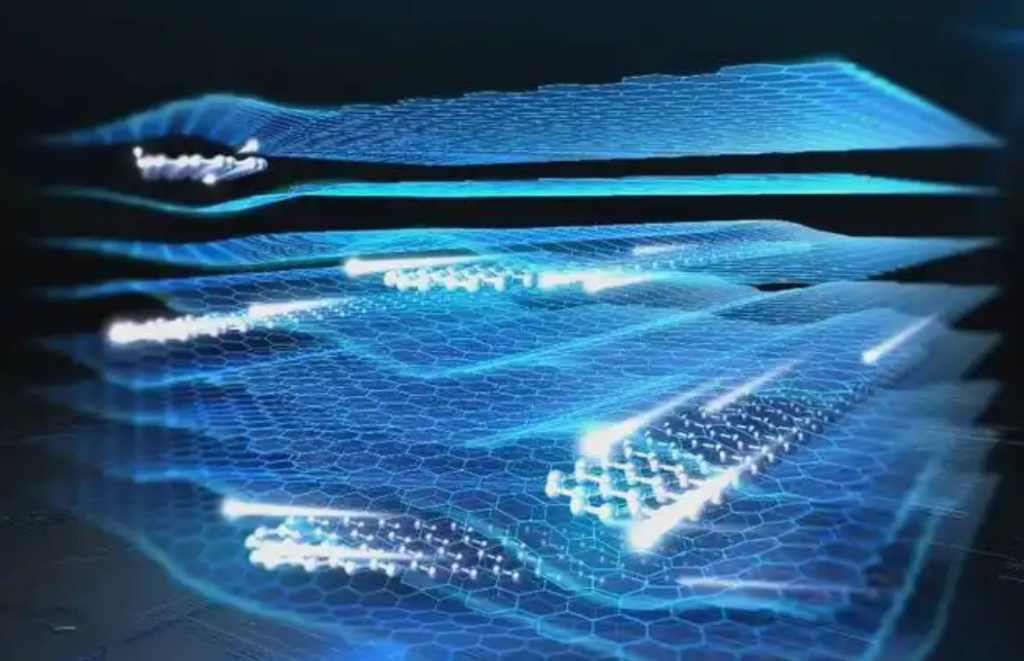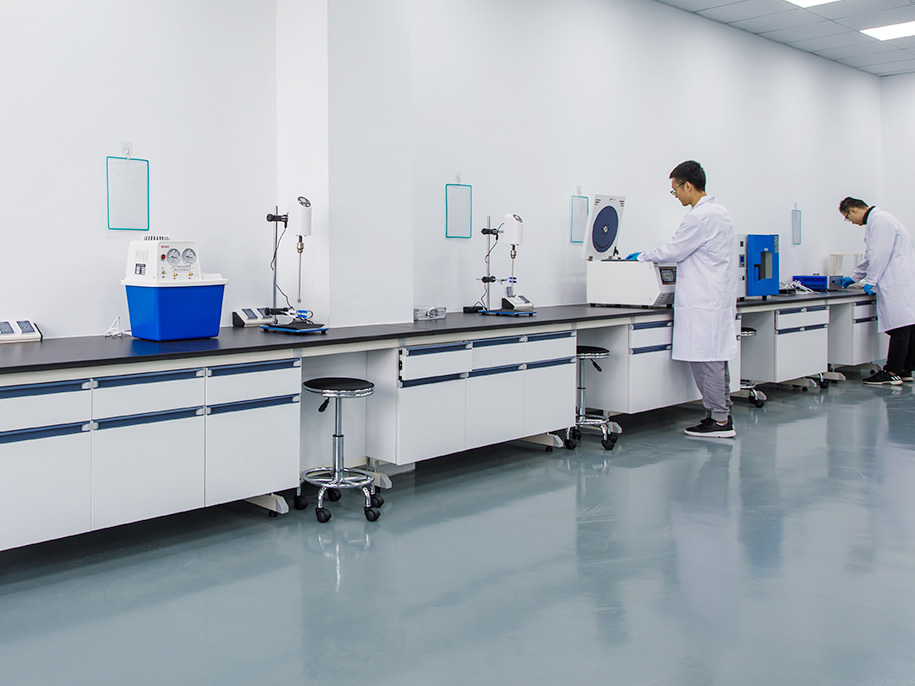Graphene in Construction: Reinforcing Concrete for a Greener and Stronger Built Environment
Introduction
Concrete is the most used construction material in the world, but it’s also among the most carbon-intensive. Moreover, traditional concrete is prone to cracking, corrosion, and durability issues over time. Graphene, with its exceptional mechanical and chemical properties, is now being explored as a revolutionary additive in construction materials. This article examines how graphene-enhanced concrete is enabling longer-lasting, more sustainable infrastructure projects.

1. Challenges in Traditional Concrete
-
Brittleness and susceptibility to cracking
-
Porosity, allowing water ingress and corrosion of steel rebar
-
Limited flexural strength
-
High CO₂ emissions from cement manufacturing
2. How Graphene Improves Cementitious Composites
-
Increased Compressive Strength: Up to 40% improvement with graphene oxide (GO) or few-layer graphene additives
-
Enhanced Flexural and Tensile Properties
-
Pore Refinement: Graphene fills microvoids, reducing water penetration
-
Chemical Resistance: Slows down alkali–silica reactions and carbonation
-
Crack Healing: Some graphene composites promote self-healing behavior under humidity
3. Types of Graphene Additives Used
a. Graphene Oxide (GO)
-
Water dispersible
-
Functional groups improve bonding with cement hydrates
-
Used in mortar, cement paste, and ultra-high performance concrete (UHPC)
b. Reduced Graphene Oxide (rGO)
-
Used when higher conductivity is desired
-
Improves corrosion sensing and electromagnetic shielding
c. Graphene-Cement Composites (GCC)
-
Commercial dry mixes with pre-dispersed graphene
-
Used in 3D printing and precast elements
4. Sustainability Benefits
-
Lower Cement Usage: Enhanced strength allows for reduced cement volume
-
Carbon Footprint Reduction: Less cement, lower CO₂ emissions
-
Longevity: Fewer repairs and replacements over the building lifecycle
-
Waterproofing: Prevents corrosion, preserving concrete integrity
5. Application Scenarios
-
Bridge Decks and marine infrastructure
-
Tunnels and subway systems
-
Airport runways and high-load pavements
-
Smart concrete for structural health monitoring using graphene sensors
6. Commercial and Academic Progress
-
University of Exeter (UK): Developed 3D-printable graphene concrete with 30% higher strength and 20% less material usage
-
Versarien: Offers graphene-enhanced admixtures (Cementene™) for large-scale trials
-
China Railway Engineering: Piloted GO concrete in metro tunnel linings
-
U.S. startups: Exploring rGO blends for corrosion-resistance in coastal buildings
7. Challenges and Outlook
-
Dispersion Techniques: Essential to avoid graphene agglomeration in slurry
-
Standardization: Lack of uniform metrics for graphene dosage and performance
-
Cost: Though improving, GO remains more expensive than standard admixtures
-
Environmental Risk: Minimal, as graphene becomes embedded in the concrete matrix
Conclusion
Graphene-enhanced concrete holds the promise to reshape the construction industry — offering not only stronger and more durable materials, but also a tangible path toward carbon reduction and sustainable infrastructure. As more construction giants and governments embrace green building standards, graphene-enabled materials are likely to play a foundational role in future cities.

